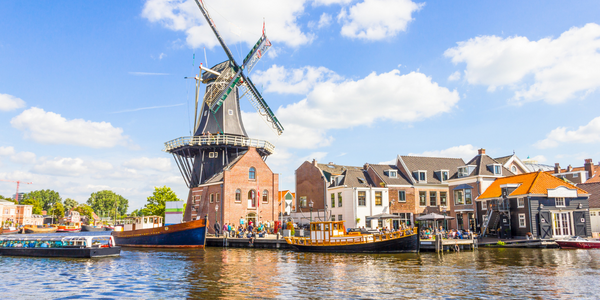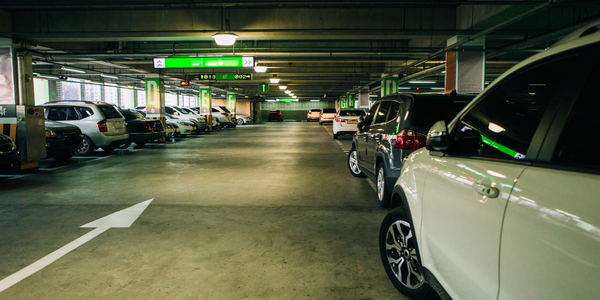Enhancing Information Assets for Stakeholder Services Using a Data Marketplace: A Case Study of Insiel S.p.A.

Technology Category
- Infrastructure as a Service (IaaS) - Public Cloud
- Platform as a Service (PaaS) - Application Development Platforms
Applicable Industries
- Cities & Municipalities
- Education
Use Cases
- Tamper Detection
- Time Sensitive Networking
Services
- System Integration
About The Customer
Insiel S.p.A. is the in-house ICT company of the Friuli Venezia Giulia region in Italy. Founded in 1974, the company ensures the consistency and the development of the Integrated Regional Information System, a tailored system designed to support a modern and efficient public service. Every day, public employees of the region, municipalities, health services companies, hospitals, local authorities, and citizens use the IT services that Insiel designs, implements, and manages. Almost 250 municipalities of the region benefit from these services.
The Challenge
Insiel S.p.A., the in-house ICT company of the Friuli Venezia Giulia region, has been gathering a large amount of historical data and information related to its region, public administration, local authorities, and public health since its founding in 1974. The company wanted to enhance the value of this data by integrating it and making it available to relevant stakeholders for services to citizens and businesses. However, the company faced challenges due to the vast amount of data sources with different data formats and different security protocols. Without an efficient tool to integrate these data sources, it was difficult for Insiel to achieve its goal. The company needed a data platform that would allow users to focus on data analysis and generating insights, without having to worry about the technicalities of the different data sources.
The Solution
Insiel implemented the Denodo Platform to overcome its data integration challenges. The Denodo Platform allowed Insiel to integrate its vast amount of heterogeneous data, whether structured or unstructured, and deliver the integrated data through a single platform to the BI applications and the data consumers. The platform's technologically agnostic nature and its wide range of data adapters meant that data sources could be easily added or removed as and when required, without any hassle. Moreover, the Denodo Platform integrated data without replication, ensuring efficiency. The platform's Data Catalog ensured that a unique semantic model could be built, and that data could easily be made accessible to a large number of data consumers who often lack the technological know-how of data integration. This saved a lot of time and costs on fulfilling new data integration requests.
Operational Impact

Case Study missing?
Start adding your own!
Register with your work email and create a new case study profile for your business.
Related Case Studies.

Case Study
Turning A Stadium Into A Smart Building
Honeywell created what it called the “intelligent system” for the National Stadium in Beijing, China, turning the venue for the opening and closing events at the 2008 Summer Olympics into a “smart building.” Designed by highly controversial artist Ai Weiwei, the “Bird’s Nest” remains one of the most impressive feats of stadium architecture in the world. The 250,000 square meter structure housed more than 100,000 athletes and spectators at a time. To accommodate such capacity, China turned to Honeywell’s EBI Integrated Building Management System to create an integrated “intelligent system” for improved building security, safety and energy efficiency.
.png)
Case Study
Smart Street Light Network (Copenhagen)
Key stakeholders are taking a comprehensive approach to rethinking smart city innovation. City leaders have collaborated through partnerships involving government, research institutions and solution providers. The Copenhagen Solutions Lab is one of the leading organizations at the forefront of this movement. By bringing together manufacturers with municipal buyers, the Copenhagen Solutions Lab has catalyzed the development and deployment of next-generation smart city innovations. Copenhagen is leveraging this unique approach to accelerate the implementation of smart city solutions. One of the primary focus areas is LED street lighting.

Case Study
Buoy Status Monitoring with LoRa
The Netherlands are well-known for their inland waterways, canals, sluices and of course port activities. The Dutch Ministry of Infrastructure indicates that there are thousands of buoys and fixed items in and near water environments that would profit from IoT monitoring. One of the problems with buoys for example, is that they get hit by ships and the anchor cable breaks. Without connectivity, it takes quite some time to find out that something has happened with that buoy. Not to mention the costs of renting a boat to go to the buoy to fix it. Another important issue, is that there is no real-time monitoring of the buoys at this moment. Only by physically visiting the object on the water, one gains insight in its status.

Case Study
Barcelona Case Study
Barcelona’s heavy traffic and its associated high levels of pollution were the primary factors that motivated some companies and universities to work on strategies for improving traffic in the city centre. Bitcarrier is one of the technologies involved in the In4Mo Project, whose main objective is to develop the applications that form the core of smart mobility, one of the fundamental pillars of the smart city concept.

Case Study
China Mobile Smart Parking
Smart Parking, powered by NB-IoT technology, is making it easier for drivers to find free parking spots. Cities can better manage their parking assets and maximize the revenue available to them as a result. Drivers searching for parking create congestion and pollution by circling and hunting for available parking. Smart Parking services are able to significantly ease these problems by guiding a driver directly to a parking space.







